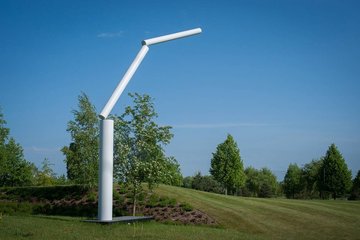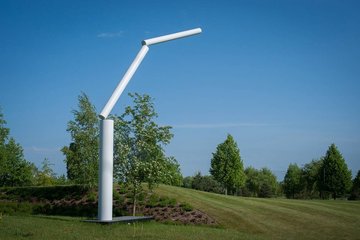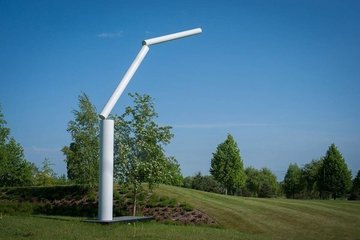Stanislav Kolíbal
The artist, who was born in December 1925 in Orlová in the Těšín region, is today one of the most important and respected Czech artists of the second half of the 20th and early 21st century. The still active artist has naturally undergone many changes and shifts in his work, which begins around the mid-1940s, but he has always remained faithful to a few principles. These can be characterized as a tendency to reduce the means of expression, a love of geometry and a striving for an accentuation of meaning in his works. With this philosophical approach, deeply rooted in the European humanist tradition, he differs significantly from most of his domestic and foreign peers, for whom art is merely a formal aesthetic game. Each of Kolíbal's works is deeply motivated and experienced, and art is for the creator the ultimate human metaphor, the pinnacle of his emotional and intellectual capabilities. The designation of Kolíbal's work as sculpture is inadequate to the extent that this kind of visual art has undergone fundamental transformations in its form and meaning over the last fifty years. It should be noted that it was Kolíbal who, in the domestic as well as the world context, made a major contribution to this transformation. The terms such as object or installation that we commonly use today are the result of a remarkable process that Kolíbal developed systematically and in his own way from the 1960s onwards. Drawing and its overlapping into space also play an essential role in Kolíbal's work. After all, the sculpture The Fall can also be seen as a kind of large-scale spatial drawing.



